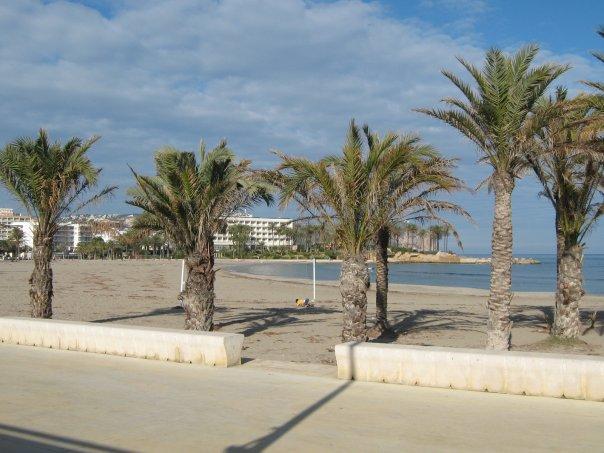Lively, warm and welcoming, Valencia is Spain’s third largest city and birthplace of its most famous dish – paella. Refreshingly non touristy, it is blessed with beautiful weather, lively nightlife, an excellent fine arts museum, and an atmospheric old town.
For a fantastic view over Valencia, head for the Miguelete – the octagonal bell tower lying atop the city’s cathedral. The cathedral itself reflects the city’s rich architectural history with Gothic, Baroque and Renaissance styles all featured. It is claimed that the Holy Grail (Santo Caliz) – the gold cup used by Christ during the Last Supper – is housed in the cathedral’s museum. Valencia’s town hall – the ayuntamiento – lies right in the heart of the city. A palatial 18th century building, it houses two small museums and is wonderfully lit up at night. For an outstanding collection of work by Valencian impressionists such as Sorolla, Espinosa and Ribalta, don’t miss the Museo de Bellas Artes.
Situated in the Jardines del Real, the museum is one of the best in Spain and also features works by Goya, Velazquez and El Greco. The baroque palace of Marques de Dos Aguas on Calle del Poeta Querol is fronted by an impressive façade hand-carved in alabaster. The palace houses the Museu Nacional de Ceramica.

After the taxing business of sightseeing, head for the Playa de la Malvarrosa, the city’s main beach, or take a stroll in the Jardines del Real. Ideal for picnicking, the gardens are also home to a zoological park, a rose garden, and a sculpture garden. For shopping, head for the streets around Plaza del Ayuntamiento.
Walk around the Barrio del Carmen, the oldest part of the city. Just west of the cathedral, it is home to countless bars, cafés and restaurants. Enjoy paella, tapas, and a jug of Sangria.
This should set you up nicely for the evening. Apart from the Barrio del Carmen, check out the Ciutat Universitaria, the Plaza de Xuquer and the beach suburbs of Malvarrosa and El Saler for a taste of what Valencia has to offer after dark.





